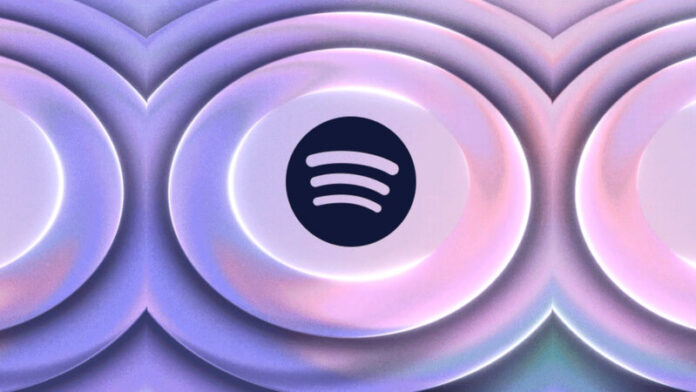After years of speculation and delays, it’s official: Spotify Lossless is here. The world’s biggest streaming platform has finally introduced 24-bit/44.1kHz FLAC audio streaming, slightly better than CD quality, for its Premium subscribers at no additional cost.
A Promise Years in the Making
Rumors of higher-quality streaming on Spotify date back eight years, with the company announcing a “Spotify HiFi” tier back in 2021 that never materialized. In that time, rivals like Tidal, Qobuz, and Apple Music captured the high-res streaming market, leaving many wondering if Spotify would ever catch up.
Now, Premium subscribers are starting to see notifications that Lossless is available, with full rollout planned across more than 50 countries in October. Early launch markets include the US, UK, Germany, Japan, Australia, Sweden, and more.
How It Works
Spotify Lossless will be accessible on mobile, desktop, tablet, and Spotify Connect-enabled devices. Major audio brands like Sony, Bose, Samsung, Sennheiser, Denon, Marantz, Bluesound, and Yamaha are already onboard, with Sonos support coming soon.
To enable it, users must go to Settings → Privacy → Media Quality and select “Lossless” for Wi-Fi, Cellular, and Downloads. When active, a Lossless indicator will appear in the Now Playing view.
Spotify notes that to get the full benefit, listeners should use wired headphones, speakers, or Spotify Connect, since Bluetooth’s bandwidth still limits audio to compressed formats.
The Market Impact
This long-awaited move could reshape the streaming landscape. While Spotify has always led on usability, playlists, and discovery features, sound quality has been a weak spot compared to its competitors. With Lossless now available, the platform is signaling it’s ready to compete directly with hi-res leaders.
The question remains: how will Spotify’s Lossless audio compare in sound quality to its long-standing rivals? Premium users will soon find out.




